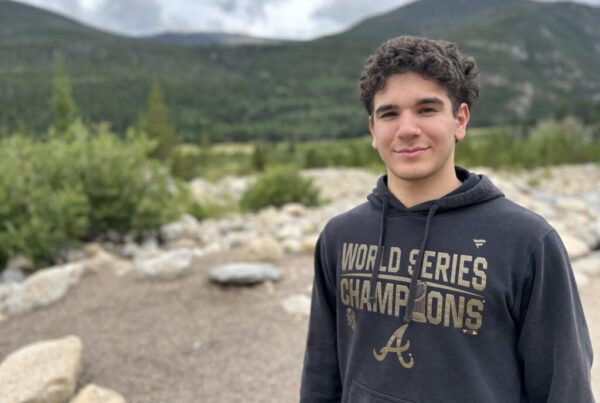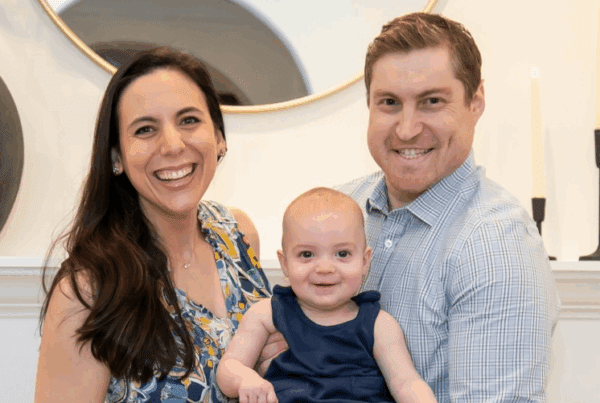 Ron Lieber is a financial journalist who not only talks the talk, also walks the walk about family philanthropy. His keynote address at last week’s 15th Annual Balser Symposium underscored something many high net-worth families know to be true — raising generous kids cannot be left to chance. It requires real intention to teach and to model philanthropic giving. Too few families know how.
Ron Lieber is a financial journalist who not only talks the talk, also walks the walk about family philanthropy. His keynote address at last week’s 15th Annual Balser Symposium underscored something many high net-worth families know to be true — raising generous kids cannot be left to chance. It requires real intention to teach and to model philanthropic giving. Too few families know how.
Lieber learned it early. He was a Jewish kid from Chicago whose middle-class family experienced a series of big financial setbacks. His parents divorced. Then, one parent lost their job. Suddenly there wasn’t an adequate income stream to send three children to private school. Fortunately, his private school literally passed the hat to raise tuition assistance for Ron and his siblings. “It was the nicest thing anybody has ever done for me,” he says. When it was time to apply for college, a savvy financial counselor shared tricks and tips that got Ron into Amherst College. That education, in turn, led to a journalism career at the Wall Street Journal and the New York Times. Ron never forgot the people who helped him along the way.
So, when his 3-year-old daughter asked out of the blue, “Daddy, why don’t we have a summer house?” Lieber realized he had work to do.
Kids aren’t born spoiled, Ron Lieber asserts. They’re made that way. Parents can seize teachable moments simply by sharing their own family stories about gratitude. In Lieber’s case it went beyond his own scholarship story. His daughter didn’t know the story of her own grandmother, who helped create a breast cancer research foundation. Or that his wife’s mother was a Holocaust survivor whose family got on its feet in America with help from refugee aid organizations. Those family stories illustrate philanthropy in a deeply personal way. Once she knew that story, Ron’s daughter got up in front of 1,500 people at a charity dinner and made the ask for her grandma’s breast cancer foundation. “She killed it,” he says.
Other tangible techniques Lieber discussed: Create a Generosity Jar for coins where very young children can see money collected and then donate it, preferably in person, to something they care about. Teach philanthropic budgeting with 100 Beans. Tell your kids that each bean equals $100 and show them where and how YOU decide what each charity will receive. Then give them a few beans of their own to allocate to things they care about.
Lieber told of a Jewish day school where parents created a policy that instead of individual bar and bat mitzvah gifts, students put money into a single pot and then decided what charities were deserving. “They pooled $25,000 in the first year,” Lieber said. “Suddenly charities started pitching the kids with grant proposals. They became foundation trustees!”
Start to schedule a formal discussion with your children and grandchildren and introduce them to your philanthropic decision-making process. Let them participate as they mature. Show what you’re giving and why! Lieber’s advice can have profound results and can help create the next generation of givers, right in your own family.





